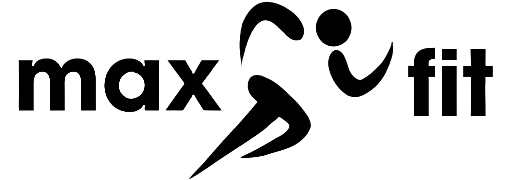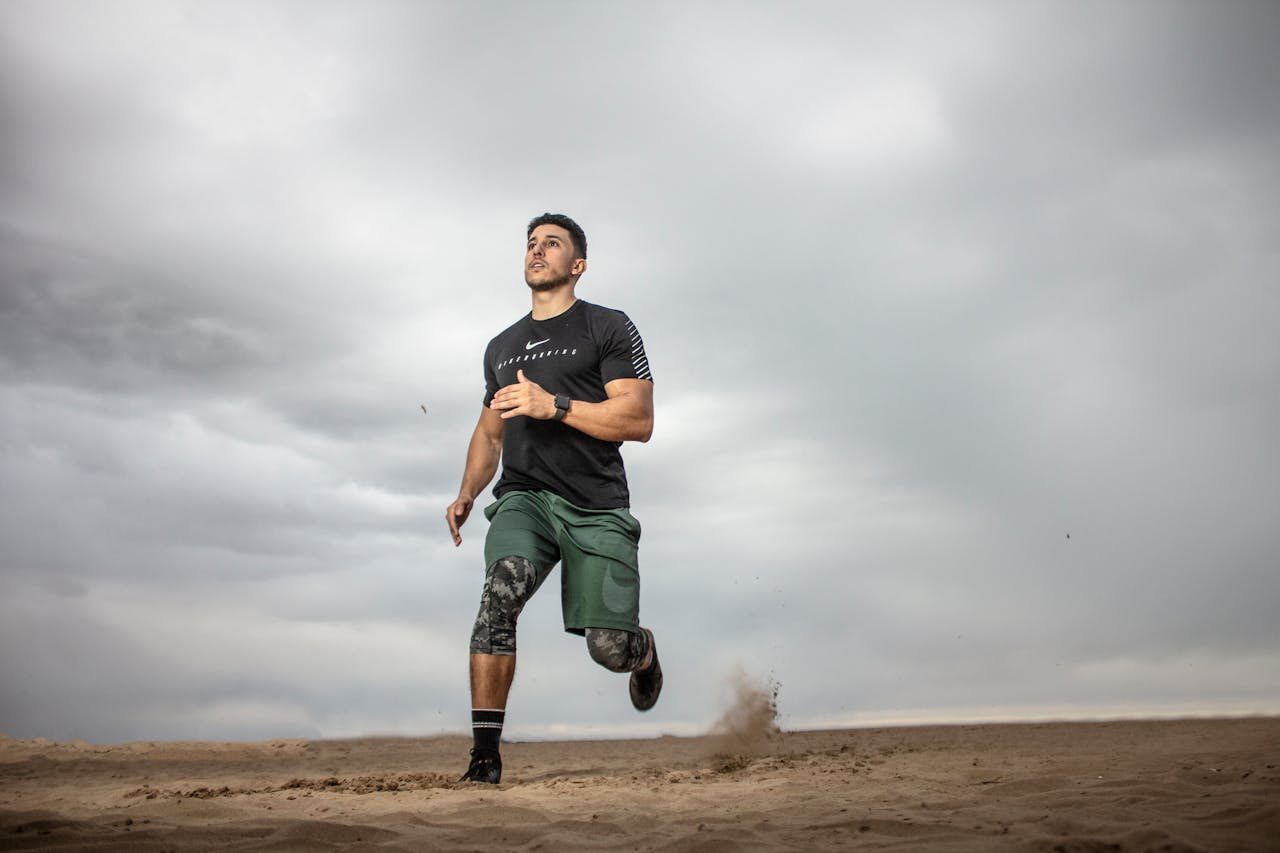Exercise has long been recognized as a fundamental pillar of health. However, the optimal time of day for exercise remains a topic of intense discussion among researchers, coaches, and fitness enthusiasts. This article presents an exploration of how exercise timing affects performance, metabolism, and overall health outcomes.
The Science Behind Circadian Rhythms and Exercise
Circadian rhythms regulate a wide range of physiological processes over a 24-hour period. These internal clocks influence body temperature, hormone release, and muscle function. Detailed research has shown that:
- Core Body Temperature: Typically, the core body temperature is lowest early in the morning (around 6:00 to 8:00 am) and reaches its peak in the late afternoon to early evening (around 3:00 to 7:00 pm). One study measured core body temperatures of approximately 97.8°F at 7:00 am versus 99.5°F at 3:00 pm. Higher body temperature can lead to increased muscle elasticity and performance .
- Hormonal Fluctuations: Cortisol, a hormone that is associated with stress and energy mobilization, is highest in the early morning and declines as the day progresses. In contrast, hormones like testosterone, which play a key role in muscle growth and repair, may show a more balanced profile later in the day, thus favoring strength training .
- Muscle Function: Research indicates that muscle strength and power output are not static throughout the day. Data collected from controlled studies have shown up to a 10 percent increase in peak muscle performance during late afternoon sessions compared to early morning workouts .
Quantitative Data Comparisons
A number of studies have systematically compared physiological variables at different times of day. The table below illustrates key performance metrics measured in one controlled study:
| Time of Day | Relative Muscle Strength (%) | Core Body Temperature (°F) | Average Cortisol Level (µg/dL) |
|---|---|---|---|
| 7:00 am | 90% | 97.8 | 20 |
| 3:00 pm | 100% | 99.5 | 12 |
| 7:00 pm | 95% | 98.6 | 10 |
Table 1. Comparison of physiological parameters across different times of day (values adapted from recent controlled trials).
The table shows that relative muscle strength peaks around 3:00 pm, coinciding with the highest core body temperature and lower cortisol levels. These findings suggest that for activities demanding maximal strength and power output, the late afternoon may be the most effective window for exercise.
Metabolic and Endocrine Responses
Morning exercise has been associated with several metabolic benefits, particularly for those looking to optimize fat burning and manage blood glucose levels. In one study:
- Insulin Sensitivity: Participants who engaged in 45 minutes of moderate exercise at 7:00 am experienced up to a 20 percent improvement in insulin sensitivity compared to baseline levels. This improvement was maintained throughout the day, aiding in efficient glucose metabolism .
- Caloric Expenditure: Another research report estimated that a morning workout could burn an additional 150 calories compared to a similar session later in the day. Over the course of a year, this difference could translate into an approximate 55,000-calorie advantage for weight management.
The data indicates that for individuals with metabolic concerns or those aiming to maximize fat loss, early-day exercise may offer distinct benefits.
Performance and Injury Risk
Performance is not solely determined by muscle strength but also by factors such as coordination, reaction time, and joint flexibility. Studies examining these variables have found:
- Enhanced Neuromuscular Coordination: Late afternoon sessions appear to improve neuromuscular coordination. One study noted that participants exhibited a 7- to 12-percent improvement in tasks requiring fine motor control and balance when exercising between 2:00 and 6:00 pm compared to early morning sessions .
- Reduced Injury Risk: Warmer muscles and increased joint lubrication later in the day contribute to a lower risk of injury. Detailed injury surveillance in athletic populations has shown a statistically significant reduction in soft tissue injuries for those who train during peak temperature hours compared to early risers.
Chronotype and Personalized Exercise Timing
Individual variability plays a critical role in determining the best time to exercise. Research on chronotypes—whether someone is a “morning person” or an “evening person”—reveals that:
- Morning Types: Individuals who naturally wake up early tend to have higher performance and better alertness during morning hours. Data from chronotype surveys indicate that morning types can achieve near-peak performance when exercising between 6:00 and 9:00 am .
- Evening Types: Night owls often report that their performance metrics peak later in the day. For these individuals, forcing a morning workout may result in a 15 to 20 percent lower performance output compared to exercising at their preferred times.
The variability observed across individuals reinforces the importance of aligning exercise timing with one’s personal circadian rhythm and lifestyle.
Detailed Study: Strength and Performance Metrics
A 2022 study published in the Journal of Strength and Conditioning Research involved 30 participants over a six-week period. The study reported the following:
- Bench Press One-Rep Max: On average, participants increased their one-rep max by 8 to 12 percent when training in the afternoon compared to the morning.
- Sprint Performance: Sprint times improved by 5 percent during afternoon sessions, which the researchers attributed to increased muscle temperature and enhanced neuromuscular efficiency.
- Hormonal Balance: Participants showed a more favorable testosterone-to-cortisol ratio in the late afternoon, suggesting a more anabolic environment for muscle growth.
These quantifiable findings support the notion that afternoon exercise may be better suited for individuals whose primary goal is to maximize strength and athletic performance .
Practical Implications and Recommendations
Based on the available data, the following practical recommendations can be made:
- For Weight Loss and Metabolic Health:
Schedule workouts in the early morning to harness the metabolic boost. The enhanced insulin sensitivity and higher caloric burn in the morning can contribute to more efficient fat loss and improved glucose metabolism . - For Strength, Power, and Performance:
If your primary goal is to increase muscle strength and optimize performance, plan your workouts for the late afternoon or early evening. The combination of peak core temperature and improved neuromuscular function during these hours can lead to significant gains . - For Personalized Training:
Consider your chronotype. Morning types may benefit from early exercise sessions, whereas evening types should consider scheduling their workouts later in the day. Personal tracking devices can be invaluable in assessing your optimal performance window over time .
Integrating Data into Your Routine
Incorporating these data-driven insights into your exercise routine involves more than just choosing a time slot. Consider the following steps:
- Self-Monitoring:
Use wearable technology or fitness apps to track performance metrics such as heart rate variability, strength output, and perceived exertion at different times of the day. - Trial Period:
Experiment with varying exercise times over a period of several weeks. Record specific metrics (e.g., one-rep max, sprint times, calorie expenditure) to determine which window aligns best with your fitness goals. - Adjust Nutrition and Recovery:
Optimize your pre- and post-workout nutrition based on the time of day. For example, a protein-rich breakfast can support muscle recovery after a morning workout, whereas a balanced meal post-afternoon exercise can facilitate recovery and energy replenishment.
Conclusion
The best time of day to exercise is not a one-size-fits-all answer. Data-rich research indicates that while early morning workouts can offer significant metabolic benefits and support weight loss, the late afternoon to early evening period is associated with peak muscle performance, enhanced strength, and reduced injury risk. Specific data points—such as a 10 percent increase in muscle strength and a favorable hormonal profile—highlight the advantages of scheduling intense workouts later in the day for many individuals.
Ultimately, personal factors such as chronotype, fitness goals, and lifestyle constraints should guide your decision. By leveraging detailed data and carefully monitoring your own performance metrics, you can determine the optimal time for exercise that maximizes your results and supports your overall health objectives.
With these evidence-based insights, you are now equipped to design an exercise routine that is not only sustainable but also finely tuned to your body’s natural rhythms .

